Indepth: OTT players’ regional gamble – Will it pay off? – Part 1
The rapid up-take of connected devices, especially smartphones and tablets, has been instrumental in media consumption shifting beyond traditional media formats such as broadcast and cable TV towards digital mediums. According to an EY report, the Indian digital segment is set for disruption with growth expected to cross Rs 20,000 crore by 2020.
Driven by the exponential growth of video consumption over digital media, video OTT platforms have been key focus areas for the leading media conglomerates and start-ups alike. The market is also observing entry of large global digital video players (Netflix entered India in early 2016, while Amazon Prime Video was launched in December 2016). Today, India has 8-10 mainline OTT platforms and over five SVOD platforms, including Eros Now, Hotstar, YuppTV, nexGTv, Ditto.
Content genres like entertainment, sports, and kids are emerging as the key focus areas for the platforms. Most of these players are at early stages of their maturity and are focusing on rapid consumer aggregation and driving engagement.
Live OTT – while still in early days – is garnering a sizeable audience base, led by news, events and sports. An average of just 30 minutes of live programming per day can add up to 20 per cent to a platform’s viewership.
Meanwhile, the preference of the Indian consumers towards vernacular and regional language content is constantly on the upswing, with 93 per cent of the time spent on videos in Hindi and other regional languages. Currently, 45 per cent of online users consume regional language content and this percentage is expected to increase with the growth of internet users. Apart from Hindi, the most preferred Indian languages include Tamil and Telugu, followed by Marathi, Bengali, Bhojpuri, Kannada and Malayalam. Although viewership in OTT space is more urban centric, it is changing rapidly because of growing internet access and the Digital India initiative.
Two of the major OTT players – Hotstar and Amazon Prime Video – are among those aggressively working towards providing more regional and localised content to the Indian audience. Hotstar benefits from being owned by a powerhouse in India’s entertainment space of broadcasters, Star India. This allows Hostar for in-house license to widely-watched content from a dozen cable (such as Star Plus, Star Vijay, Asianet, and National Geographic). Likewise, Amazon Prime India made a splash at launch by announcing a platter of 17 original Indian shows, from the likes of Farhan and Zoya Akhtar, Vikramaditya Motwane, and All India Bakchod. When it comes to acquiring content, Amazon has depicted a bigger focus on Indian regional content than any other, with films available in six different languages, such as Bengali, Tamil, etc.
With the growing clout of Tier 2 and 3 cities and towns, regional content is set to contribute 35-40 per cent of the viewership in the next 5 years. As per a recent KPMG Google report, by 2021 about 40 per cent of the total user base will be Hindi, and next the bigger sets are Bengali, Tamil and Telugu.
The scope and potential for regional content in the OTT space is immense. Adgully takes an Indepth look at the growth of regional language content in OTT in this three-part feature report. Part 1 of the report delves into the various factors contributing to the growth of regional content, the categories and genres that are driving this growth, why OTT players are bullish on regional content and more.
Growth of regional content on OTT
Uday Sodhi, EVP and Head-Digital Business, SonyLIV:
Manav Sethi, CMO, ALTBalaji:
Abhesh Verma, COO, nexGTV:
“There is an immense market potential for regional content, with Tier 2 and 3 cities and towns emerging as the key demand centres. As per industry reports, regional content is set to contribute 35-40 per cent of the viewership for the next 5 years. With the Government set to connect entire India with high-speed Internet connectivity, broadband and fibre optics networks and Wi-Fi hotspots, the demand for regional content is going to consistently increase.”
Manasi Sapre, Programming Head, Viu India:
“Overall, regional content in India has seen tremendous growth in the last 4-5 years, be it Tamil, Telugu, Marathi or Bengali, even Kannada is coming up in a big way; and on a very different spectrum, languages like Bhojpuri and Odiya are also making their mark. Looking at the fact that India has such a rich composition of multiple languages and different cultures, this is a natural progression for the OTT space. It is very exciting to see that there is a lot of interesting and distinct content being made not just in Hindi but different languages as well.”
Factors contributing to the growth
Uday Sodhi, EVP and Head-Digital Business, SonyLIV:
“The next wave of growth in Internet is expected from non-metro and rural areas, where wireless mobile internet shall play a pivotal role. Even though the major proportion of wireless internet subscribers are 2G users, the adoption of 4G is gradually increasing and now 3G/4G constitutes over 50 per cent of the overall wireless internet user base. As it rolls out, 4G is expected to contribute around 58 per cent of the mobile data traffic in India by 2020. (Source: IAMAI-KPMG).”
Manav Sethi, CMO, ALTBalaji:
“In India, the Hindi speaking community has a larger share in terms of media consumption, whether it is TV or print. With the growing penetration of smartphones and increase in bandwidth with the introduction of Jio, there will be greater consumption of video content. With video being the largest growth category, consumption of shows will go up, however, currently not much user generated content is seen because of quality issues. So, it will be curated and paid source from production houses like Balaji, which has the potential to bridge the gap between ‘Naagin’ and ‘Narcos’. Year on year growth rate should be at a CAGR of 100 per cent from a regional content stand point because that is where the mobile internet penetration will happen.”
Abhesh Verma, COO, nexGTV:
Manasi Sapre, Programming Head, Viu India:
Categories/ genres is driving viewership
Uday Sodhi, EVP and Head-Digital Business, SonyLIV:
“Digital content needs good and strong storytelling capabilities and if that is in place, then language is no barrier in the adoption and communication of that content piece.”
Manav Sethi, CMO, ALTBalaji:
“Hindi is a medium which is viewed by all – right from stand-up comedy to thriller, horror and drama; and the genre mostly viewed in Hindi is drama. Two of the most viewed shows on ALTBalaji are ‘Dev DD’ and ‘Karrle Tu Bhi Mohabbat’. The Hindi genre is at its peak. People also like to watch thriller shows in Tamil; but in the case of Bengali content, it is a mix of comedy and drama; while Gujarati content is mostly comedy-based. We have done a comedy act called ‘Pammi Aunty’, which was released some time back. ALTBalalji is the first OTT platform to have a category named ‘Horrex’ (Horror + Sex), where we have ‘Ragini MMS Returns’, which has 6 episodes streaming on the app and on the website and upcoming episodes will soon stream. The trailer of this show received well over 12 million views.”
Abhesh Verma, COO, nexGTV:
“In terms of entertainment content, comedy, thriller and family dramas claim the maximum share of viewership. At the same time, live sporting events are also quite popular with the viewers.”
Manasi Sapre, Programming Head, Viu India:
“Wherever it’s accessible, it will be observed that the numbers are sort of even and by category we mean the usual suspects like Music, News and Catch-up TV. There was an article over the internet listing the top seven web shows to watch out, so it is definitely getting mature, whereby we are seeing diversity of genres. For example, at Viu we have Regional, Comedy, Romcom space, a Thriller based on social media which features Telugu star Rana Dagubbati. Our next show also has a strong theme of women empowerment woven into it. As this medium is maturing, we are not restricting ourselves to limited genres, but giving as diverse an opening as possible. ‘Regional’ is just a name that we are giving, there is no one type that we want to restrict to just because it is regional.”


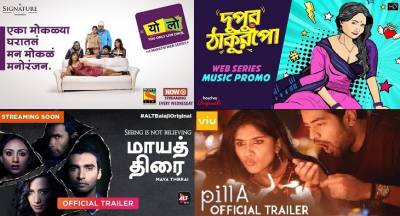
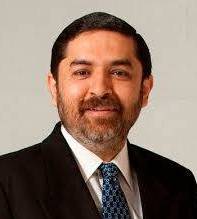
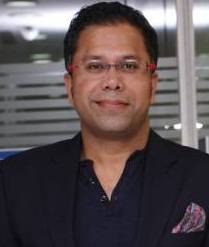

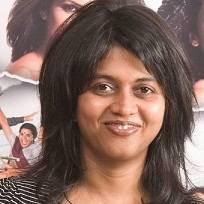
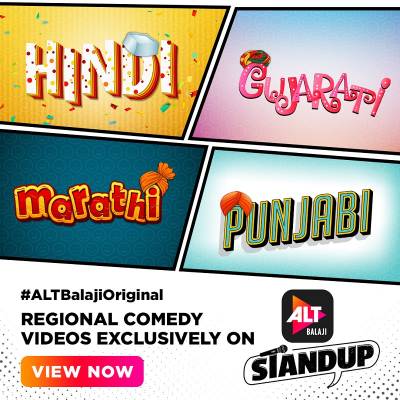

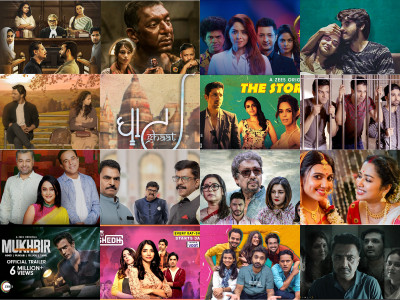
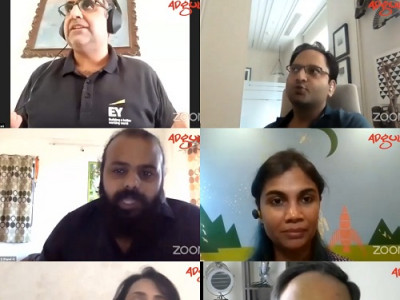
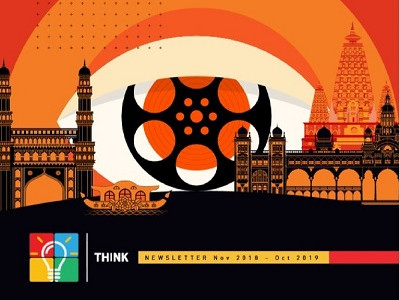

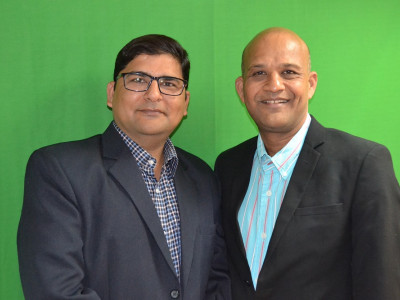
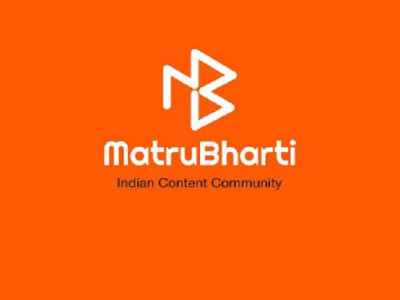


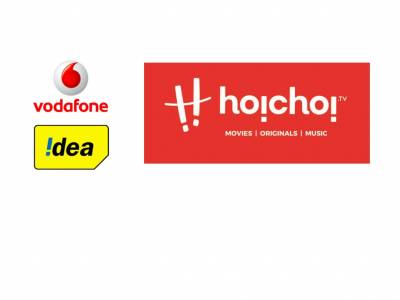



Share
Facebook
YouTube
Tweet
Twitter
LinkedIn